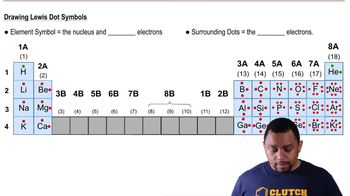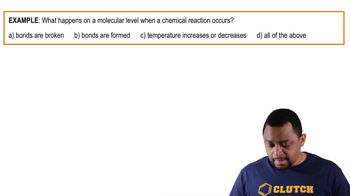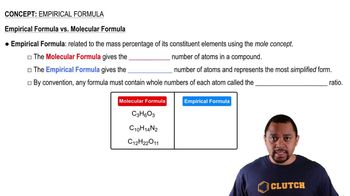Write the symbols for the ions, and the correct formula for the ionic compound formed by each of the following:
c. sodium and phosphorus

 Verified step by step guidance
Verified step by step guidance Verified video answer for a similar problem:
Verified video answer for a similar problem:



 1:46m
1:46mMaster Writing Formula Units of Ionic Compounds Concept 1 with a bite sized video explanation from Jules
Start learning